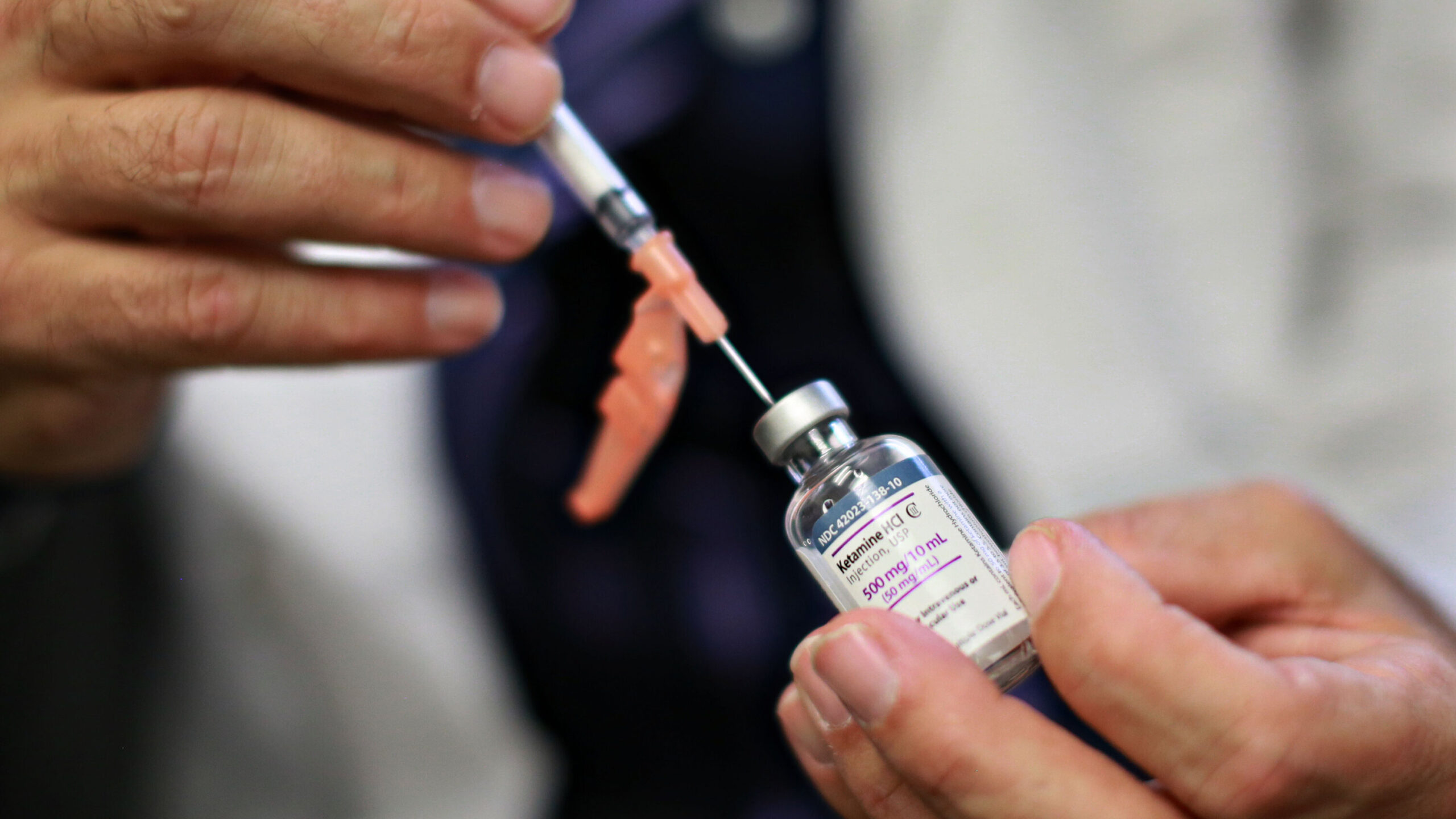Ketamine, once primarily known for its role as an anesthetic, has increasingly garnered attention for its diverse applications in the field of medicine. While its history in surgery and veterinary medicine is longstanding, the spotlight has shifted toward its potential in treating various mental health conditions, notably depression and certain mood disorders.
Initially synthesized in the 1960s as a replacement for phencyclidine (PCP), Ketamine was embraced for its anesthetic properties and quick action. Its use in medical settings for inducing and maintaining anesthesia, especially in emergency and pediatric situations due to its safety profile, has been pivotal. However, in recent years, researchers have been exploring its effects beyond the operating room.
The most notable breakthrough is perhaps its emergence as a potential treatment for treatment-resistant depression (TRD). Studies have shown that Ketamine, when administered in controlled settings and monitored doses, can rapidly alleviate depressive symptoms, even in individuals who have not responded to other treatments. This novel approach to managing depression has offered hope to many who have struggled with the debilitating effects of the condition.

Furthermore, Ketamine’s efficacy extends beyond depression. Research suggests its potential in addressing conditions such as post-traumatic stress disorder (PTSD), obsessive-compulsive disorder (OCD), and certain types of chronic pain. Its ability to modulate certain receptors in the brain, particularly the N-methyl-D-aspartate (NMDA) receptors, is believed to contribute to its therapeutic effects.
However, despite its promise, the use of Ketamine outside controlled medical settings has raised concerns. Its dissociative and hallucinogenic properties have led to its recreational use, earning it a place as a Schedule III controlled substance in the United States. The misuse of Ketamine poses risks of addiction, dependence, and adverse psychological effects when used outside of supervised medical environments.
The ongoing research into Ketamine’s potential as a mental health treatment underscores the need for careful consideration of its risks and benefits. Clinicians and researchers continue to explore ways to harness its therapeutic potential while mitigating its risks through specialized protocols, dosage monitoring, and psychological support.
Dosage monitoring, psychological support, and the establishment of guidelines for Ketamine administration are critical factors in maximizing its therapeutic benefits while minimizing potential risks. Given its dissociative effects, administering Ketamine in a controlled environment with trained medical professionals ensures a safe and supportive setting for patients.
Moreover, the development of Ketamine-assisted therapy protocols involves a comprehensive approach that integrates the medication with therapy sessions. This combination aims to enhance the therapeutic effects of Ketamine by leveraging its ability to create a conducive mental state for introspection and emotional processing. The guidance and support provided by mental health professionals during and after Ketamine treatments are pivotal in maximizing its potential benefits for patients.
It’s important to note that while Ketamine shows promise, it’s not a one-size-fits-all solution. The response to Ketamine treatment can vary among individuals, and ongoing research aims to better understand the factors influencing its effectiveness, dosage optimization, and long-term outcomes.

Ethical considerations also come into play in the broader discussion around Ketamine’s use. Balancing the need for innovative and effective treatments with the responsibility to ensure patient safety and informed consent remains a focal point for clinicians, researchers, and regulatory bodies.
As research on Ketamine continues to unfold and evolve, the hope is to refine its use, expand our understanding of its mechanisms, and perhaps discover new applications that could positively impact mental health care. With careful consideration, responsible administration, and continued exploration, Ketamine has the potential to offer a ray of hope for individuals grappling with challenging mental health conditions.
In conclusion, Ketamine’s evolution from a widely-used anesthetic to a potential breakthrough in mental health treatment represents a significant stride in medical science. While its application in managing depression and other disorders holds promise, its controlled and supervised use remains crucial to ensure its safe and effective integration into mental health care.
If you enjoyed this read, check out our other posts.














What do you think?
Show comments / Leave a comment